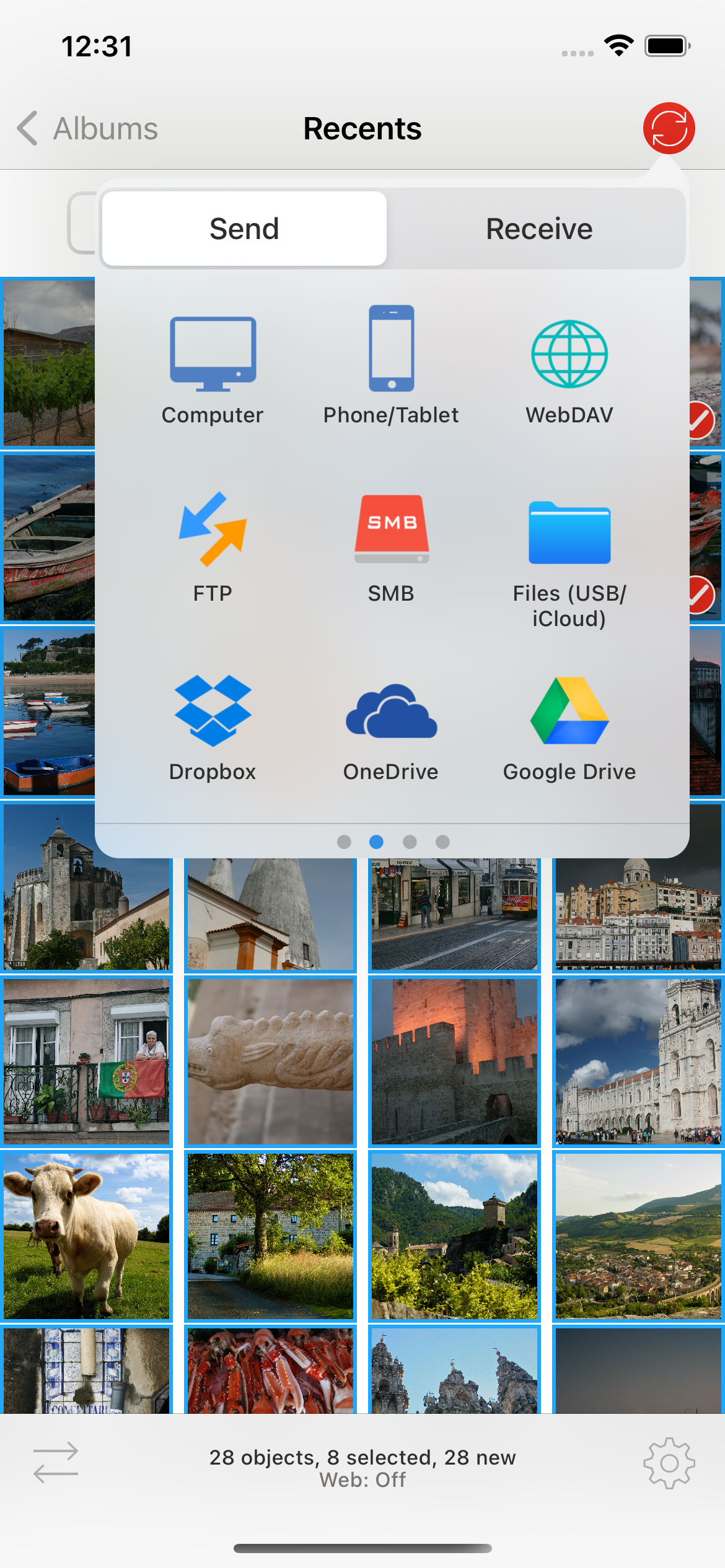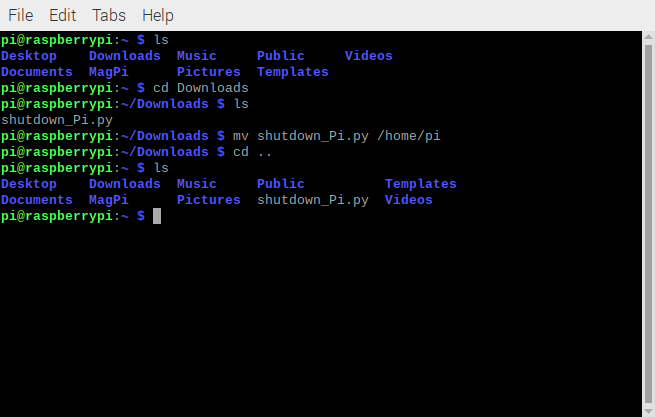

- Reboot photosync on terminal how to#
- Reboot photosync on terminal install#
- Reboot photosync on terminal full#
- Reboot photosync on terminal android#
They are an Ubuntu user that got a systemd service to run a graphical program after login.
Reboot photosync on terminal full#
The trick will be getting it to start once you have a full graphical environment up (with the script I have given if you ran systemctl -user enable rvice it would almost certainly start before your window manager, since I am not in Ubuntu I can't test). This will run for me on my system (Arch) with systemctl -user start rvice On the left hand side below the Devices tab there will be and menu bar, you need to click on the drop down arrow which will give you the option to reset the adb. Then it will open the separate window where you can see all the devices or emulator attached to the process.
Reboot photosync on terminal android#
Here is a brief example of how you can start a script in a terminal from systemd (not on Ubuntu at the moment so not sure this will work with the paths) goes in your systemd user folder, probably /etc/systemd/user/: ĮxecStart=/usr/bin/xterm -hold -e /path/to/your/script.sh Go to tools -> Android -> Android device monitor. You can create user systemd scripts that might help you out ( ). If your system is configured to start Photon, the phlogin2 or phlogin dialog reappears. Select Logout (End Photon session) and click Ok. Start on local-filesystems or runlevel Įxec echo DID installation started `date` > /var/log/DID.logĮxec echo DID stage 2 installation finished `date` > /var/log/DID.logĬheers in advance for any help you can provide. To log out of Photon: Select Log Out from the Launch or Desktop menu, or enter phshutdown on the command line.

Previous atempt: description "install script"
Reboot photosync on terminal how to#
Obviously, I would have these scripts built and just copy them in and delete them out when done during the process, here is an attempt earlier any help on how to do this would be fantastic as I have lost 2 days this. I am new to this but I built something using rc.local then read the magnitude of posts saying it's not good practice to use it for these sorts of installations, I started using upstart then I found out that it is deprecated and I am required to use Systemd. I have all the scripts completed and working as they should my challenge is trying to configure Systemd so after the reboot it will open a console and begin the next script. Here is a diagram of the flow: script_1.sh > reboot > script_2.sh I have 2 scripts that are all interactive and require input from the user, my challenge is each script needs a reboot after it is installed and then needs to automatically open another console and become interactive with the next script.
Reboot photosync on terminal install#
If you want to poweroff now, use poweroff, and if you want halt the system now, use halt.I have been creating an install script that is going to be used for installing proxy and Dev configs on Ubuntu Xenial Desktop only. But why confuse matters? These commands are best used at face value. However, each of them will accept command line options to make any one of them perform a reboot, a halt, or a poweroff. These commands perform the action their name suggests. config/autostart nfig/autostart may be in your home directory: cd /.config/autostart. shutdown -r 08:20 System rebooting at 08:20 Ive realized that, using rc.local is not ideal as it might be running too soon for the flash disk to be mounted.

Here’s an example where we have scheduled a reboot. The -c (cancel) option will cancel any scheduled shutdown, halt or reboot.If you use -h and -H together, the -H option takes priority.



 0 kommentar(er)
0 kommentar(er)
